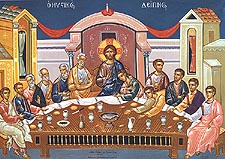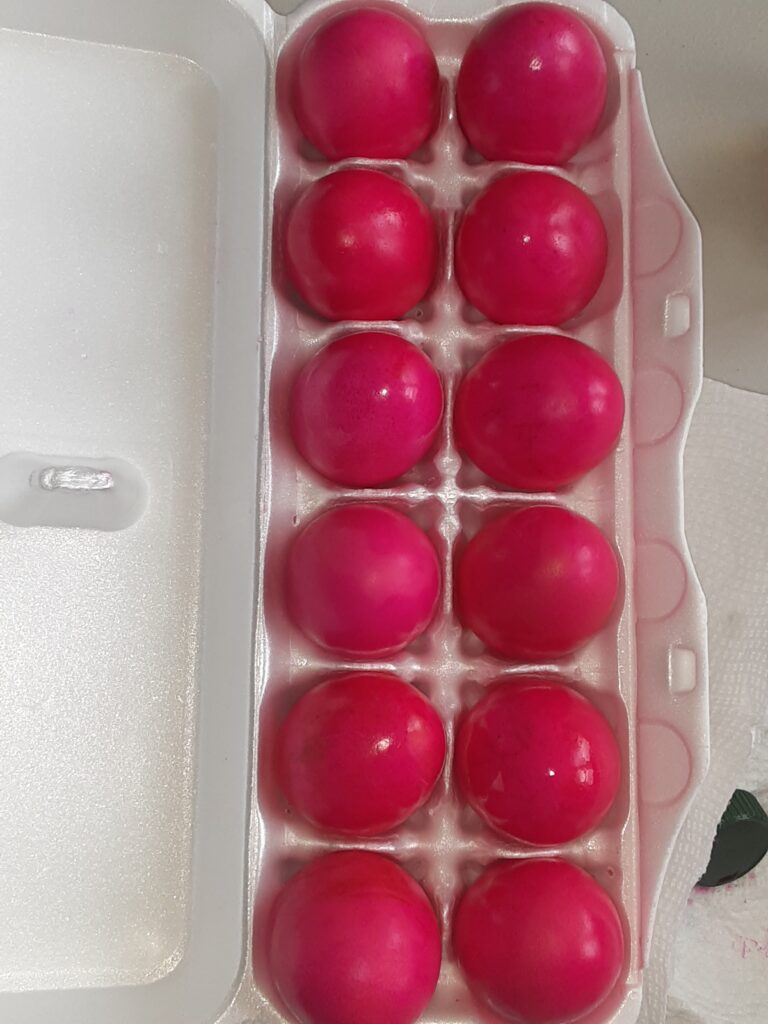Orthodox Easter April 24 2022
NEW YORK — Each year Easter falls on a different Sunday than it did the previous year. Easter 2022 is this Sunday, April 17, and Orthodox Easter is on April 24.

Easter, a Christian holiday, is a “movable feast” meaning the day does not have to fall on the same day each year as opposed to a fixed holiday like Christmas.
The days before Easter Sunday are also celebrated by Christian institutions, including Orthodox Christians, commemorating the days leading up to the crucifixion and resurrection of Jesus Christ.
Holy Thursday remembers how Jesus turned the bread into his body to showcase life and the wine into his blood to showcase the blood of Christ during the Last Supper. These represent the importance of the gift of life we receive in Christ. It is important to share in his resurrected life.
Jesus continued to represent his authority by washing His disciple’s feet in humility. It showed the love He has for those who receive Him. The events of the garden showed Jesus’ human nature and the sacrifice that was coming. It showcased his sorrow and emotions, as well as His desire to obey.
Finally, Judas’ betrayal showed the maximum sin against God. It showed the mix of joy and sorrow, showing the mix of life and death. The icon shows Christ at the center, with John to his right and Judas further away to the left taking the Eucharist.
Dying of eggs in red
Red Easter eggs are associated with the crucifixion and resurrection of Jesus. Eggs symbolise the empty rock tomb from which Jesus arose after his crucifixion and are used as universal means of greeting and presentation for Christian believers, while also foretelling the eternal life experience which awaits true believers after death.

The choice of red the color of life and victory bears a long history and dates to ancient Mesopotamia, where early Christians stained eggs red in memory of the blood of Jesus, who was crucified for the salvation of all mankind.
The reason the Greek Orthodox Church adopted the custom is still disputed and many sources indicate different reasons.
The most renowned story links Mary Magdalene to the red Easter eggs custom, who being the first to have seen the empty tomb of Jesus after his resurrection, went to the Roman emperor to inform him of the miracle.
The emperor, however, didn’t believe what he was told and announced that he would believe the claims of Mary Magdalene only if the eggs in a basket next to him would turn red instantly, which they did.
A second story has it that the Virgin Mary offered her son’s guards a basket of eggs so that they would treat him well. The eggs turned red when Virgin Mary soaked them with her tears.
According to a variation of the story, an unknown woman would believe in the news of Jesus’ resurrection, only if the eggs she was holding in her hands would turn red. Miraculously, the eggs changed color as soon as she formed her doubt.
The Greek Orthodox tradition is for eggs to be dyed red on Holy Thursday in commemoration of the Last Supper, the final meal which Jesus shared with his Apostles in Jerusalem before his crucifixion.
It is common belief that dyed Easter eggs can stay edible forty days without being refrigerated. If, however, a priest blesses the eggs on Easter Sunday, they are said to last a whole year without turning bad.
WHAT IS GOOD FRIDAY
Good Friday is the Friday before Easter Sunday. The day commemorates the crucifixion of Christ, who is believed in the Christian faith to have died for the sins of humanity.
The day is also known as Great Friday and Holy Friday.
WHAT IS HOLY SATURDAY?
The day before Easter Sunday is Holy Saturday, a day Christians remember the entombment of Christ.



